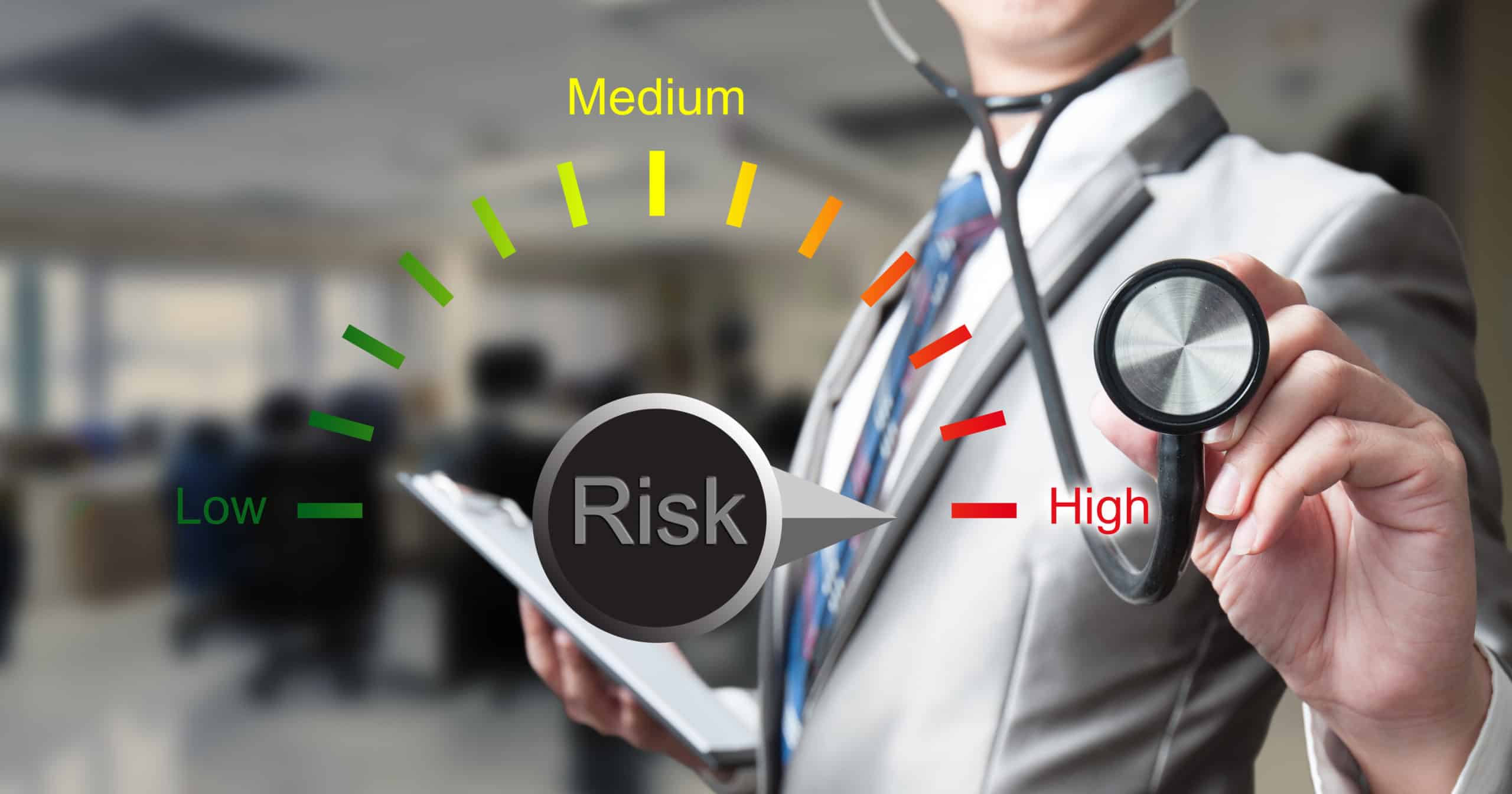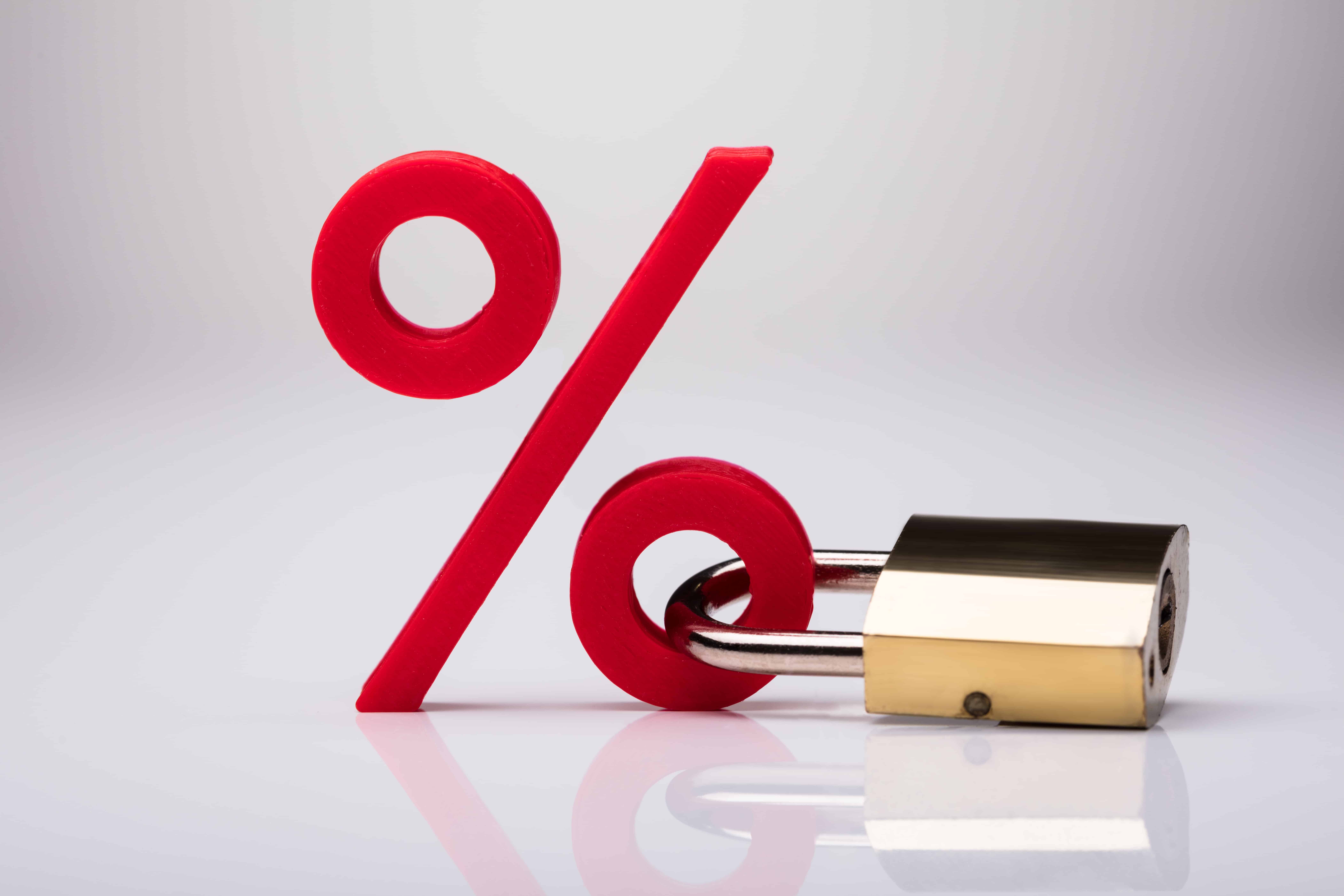The phrase “pencil whipping” is commonly used in the safety industry to describe the practice of completing inspection forms or checklists without conducting a thorough inspection (e.g., “checking the box”). There are various reasons one might “pencil whip” an audit/inspection, … Read More
Safety Cary
Home » Safety Platform Blog » How To Avoid Pencil Whipped Safety Inspections & Observations

Home » Safety Platform Blog » How To Create a Virtuous Cycle of EHS Data Collection

How To Create a Virtuous Cycle of EHS Data Collection
Data collection can play a crucial role in identifying and mitigating environmental, health, and safety (EHS) risks in any organization. Collecting and analyzing data can help businesses to identify areas of concern and opportunities for improvement. This, in turn, enables … Read More
Home » Safety Platform Blog » A Focused Safety Inspection Strategy Guide

A Focused Safety Inspection Strategy Guide
Safety inspections should not be done simply for the sake of checking a box. A proper strategy needs to be employed, ensuring observers are engaged in the most meaningful and sustainable way. Currently, there is little clear direction on what … Read More
Home » Safety Platform Blog » Are Safety Absolutes Absolute?

Are Safety Absolutes Absolute?
Standard safety manuals address, at some level, the most basic principles of safety management, including the three “E’s.” 3 E’s: Engineering, Education, and Enforcement These entry-level processes, including safe work practices and procedures, are outlined in a company’s safety manual, … Read More
Home » Safety Platform Blog » Weighted Percent Safe – A New Risk Metric for Safety Observations

Weighted Percent Safe – A New Risk Metric for Safety Observations
In a previous article, Assigning Severity Ratings to Safety Observation Findings, the concept of incorporating severity into standard safety observations for unsafe/at-risk observation findings was suggested. Doing this would allow observers to classify findings according to their potential level of … Read More
Home » Safety Platform Blog » Percent Safe is NOT a Risk-based Performance Indicator

Percent Safe is NOT a Risk-based Performance Indicator
Unlocking the secrets of Percent Safe Safety inspections and observations are conducted at almost all workplaces. Unfortunately, many companies collect only unsafe findings, creating an incomplete picture of risk. Companies that do collect safe observations tend to use a standard … Read More